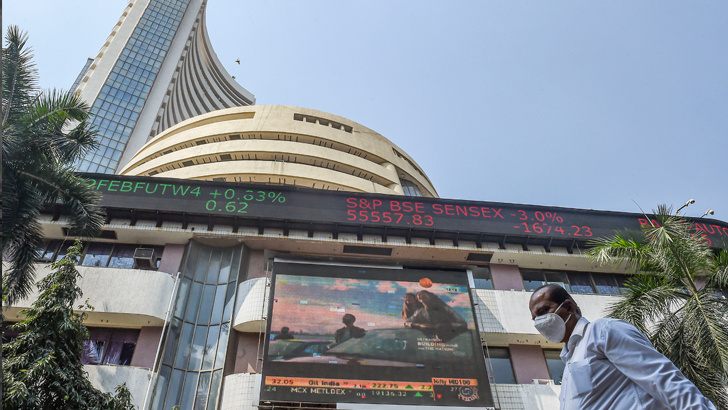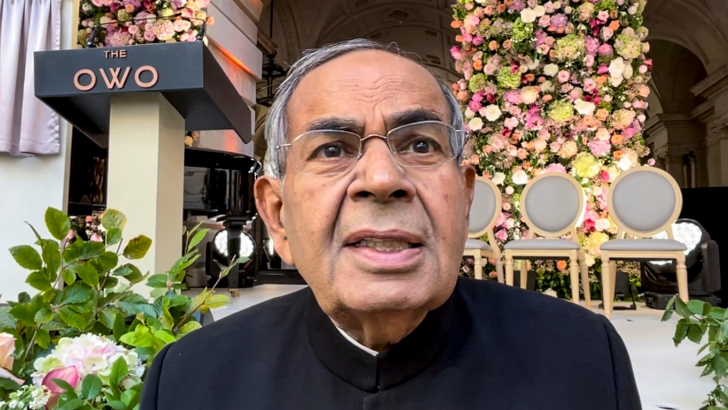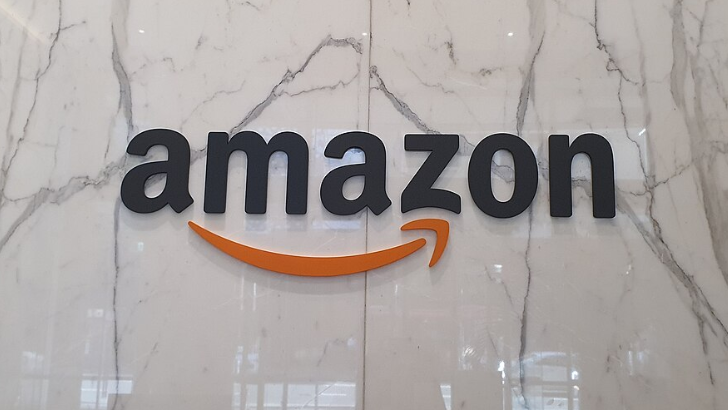Govt should not cut import duties on parts used in making smartphones: GTRI
Global Trade Research Initiative says maintaining the current rates would help balance industry growth and long-term development in India's growing smartphone market
PTI
-
Currently, tariffs on imported parts for smartphones in India are between 7.5 per cent and 10 per cent, GTRI said. PHOTO: FREEPIX
NEW DELHI, 22 JAN
The government should not cut import duties on electronic components used in making smartphones in the forthcoming Budget as the current tariff structure is successful, and changing them could harm local manufacturing, a GTRI report said on Monday.
The Global Trade Research Initiative (GTRI) said that maintaining the current rates would help balance industry growth and long-term development in India's growing smartphone market.
"Currently, tariffs on imported parts for smartphones in India are between 7.5 per cent and 10 per cent. The Budget should maintain these taxes," it said, adding that the current rate of levies supports duty-free imports for making products to exports. The Budget is scheduled to be presented on 1 February.
The suggestion is in contrast to the demand of industry body India Cellular and Electronics Association (ICEA) that import duty cuts on mobile phone components can increase domestic production of handsets by 28 per cent to $ 82 billion, boost exports, and support indigenous manufacturing.
The think tank said that Indian manufacturers "must pay" duties on smartphones sold within India, but exports should be exempted from such duties. "Firms can import necessary inputs or capital goods duty-free for manufacturing and exporting electronic items. This is facilitated through schemes like Advance Authorisation, Export Promotion Capital Goods, and operating in Special Economic Zones (SEZs) or 100 per cent Export Oriented Units. Additionally, firms can use the customs bond scheme for duty-free imports without localisation requirements," GTRI Co-Founder Ajay Srivastava said.
The GTRI report also said that India's smartphone industry, with exports booming from $ 7.2 billion in 2022 to $ 13.9 billion in 2023, becomes the top performer for the PLI (production linked incentive) scheme by a wide margin and over 98 per cent of smartphones sold in India are made locally.
This shows the success of deft policy interventions that include the PLI incentives that allow 4-6 per cent cash incentive on annual incremental production and retaining a difference in tariffs of smartphones and its components.
"Big players like Apple, using facilities in SEZs, benefit greatly from this, exporting large volumes without paying import duties on components. Apple collaborates with contract manufacturers Foxconn and Wistron to make smartphones in India. Both Foxconn and Wistron are located in SEZs in India," he said.
Srivastava added that removing tariffs might lead to a rise in superficial assembly plants that rely on imported parts and contribute little to the local economy.
"Such setups would likely vanish once government incentives end, harming deeper, more sustainable manufacturing efforts in India. Imported components and subassemblies account for bill of material value of an India-made smartphone up to 90 per cent," he added.
Rising import bill of electronic components from $ 24.4 billion to $ 30.7 billion, a 25.5 per cent growth suggests a high use of imported components in local manufacturing, the GTRI said, adding that with time, there is an expectation that value addition will go up as more components are made locally.
Leave a Reply
Your email address will not be published. Required fields are marked *










.png)
.png)

.png)




.png)
.png)
